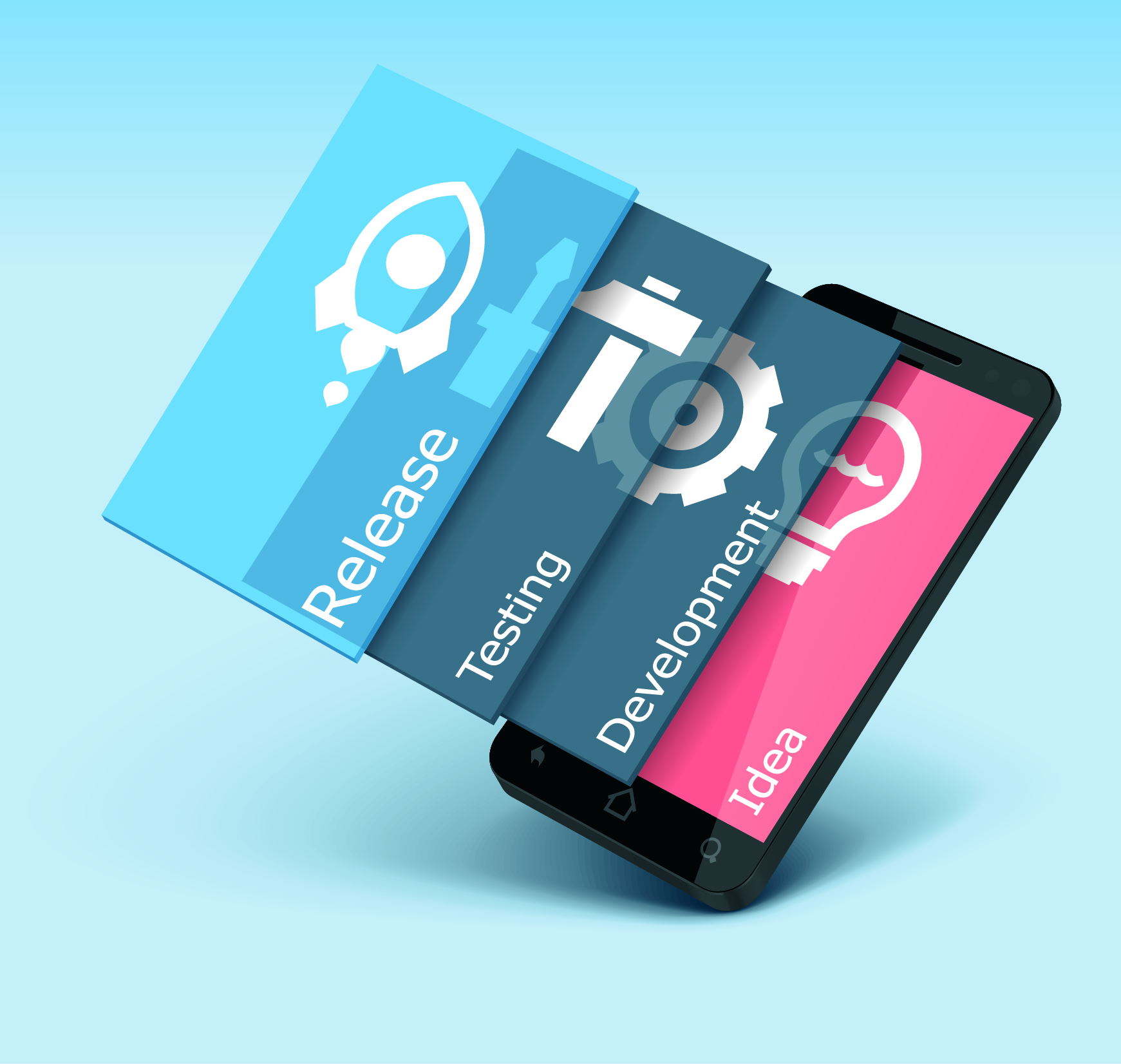For mainstream society the phrase “there’s an app for that” is generally true; but for agriculture, the mobile apps farmers really want have been slow to come. This is changing.
When I started talking to farmers about the power of mobile technology for agriculture a few years ago, hardware dominated the discussion. Farmers wanted to know about the benefits of a tablet and which smart phone to buy. Some had a tough time letting go of that old flip phone!
Fast forward to 2015 and the game has changed. Farmers have embraced mobile technology. Recent surveys show that about 80% of farmers now own a smart phone and 60% own a tablet so the hardware is in place. It’s not surprising—these tools are a perfect fit for progressive farmers who are on the move and want to manage their operations on the fly.
With mobile tools in hand, farmers are now looking for agriculture specific apps that take advantage of the amazing capabilities of smart phones and tablets. The problem is, these apps have been slow to arrive and there are a number of reasons.
There are literally hundreds of thousands of apps available to the general population but only a few dozen targeted directly to farmers. The problem is farmers represent a very small target audience. Mobile programming is expensive so cost recovery for an ag app means the user is going to be asked to pay more than 99 cents (maybe a lot more) for a high functionality app. The business model is still evolving as mobile developers get a feel for how much farmers are willing to pay for the apps they want.
Many of the ag apps arriving on the scene now are funded by agri-businesses, government extension, farm organizations or public research and they are made available to users at no cost. This is great and farmers now have some good mobile tools.
The next phase for mobile apps in agriculture is to build the mobile tools that I hear farmers requesting at every meeting I attend. If you sit down with farmers and talk app ideas, it doesn’t take long for some common themes to emerge. Farmers want mobile record keeping apps that integrate seamlessly with their desktop software to eliminate the need to make a trip to the office to enter data. Grain growers are looking for apps that help them keep track of grain inventories and all marketing decisions made throughout the year.
More apps are needed for livestock producers. In particular, dairy farmers would welcome a mobile tool that allows them to keep production records and comply with government programs. Apps to help farmers diagnose animal health issues and determine the correct treatment regimen is another popular request.
I believe we will get there, but we can speed up the process if farmers simply ask for the apps they want. Companies, farm organizations, and government extension are now receptive to the idea that farmers are mobile by nature and these tools need to be developed. They put a lot of value on ideas that come from the target audience. We can build the apps farmers really want—the technology and programming expertise exists. The issue is: who will pay and is there enough benefit to justify the cost?
While we wait for more apps designed specifically for agriculture, there are plenty of non-ag apps that we can use. GPS apps like Google Maps are not designed for agriculture but work great to mark field locations or problem spots within a field.
Note taking apps like Evernote replace the dog-eared note book and let farmers keep track of day-to-day activities. In addition to text notes, these apps allow audio, images and even video files to be attached to notes. If the app syncs to the Cloud, the password protected notes are accessible from any device with Internet connection anywhere in the world.
Time sheet apps work great and help both the employer and employee keep track of hours and work schedules. There are also many expense tracking apps that are designed for sales professionals but can work for enterprise tracking on the farm.
These are just a few generic examples and every farmer will have different opportunities to benefit from mobile technology. It’s really up to the individual to think about what the smart phone can do and look for existing mobile apps that meet a specific need. Once you start thinking this way, the possibilities are truly endless.
Author: Peter Gredig












